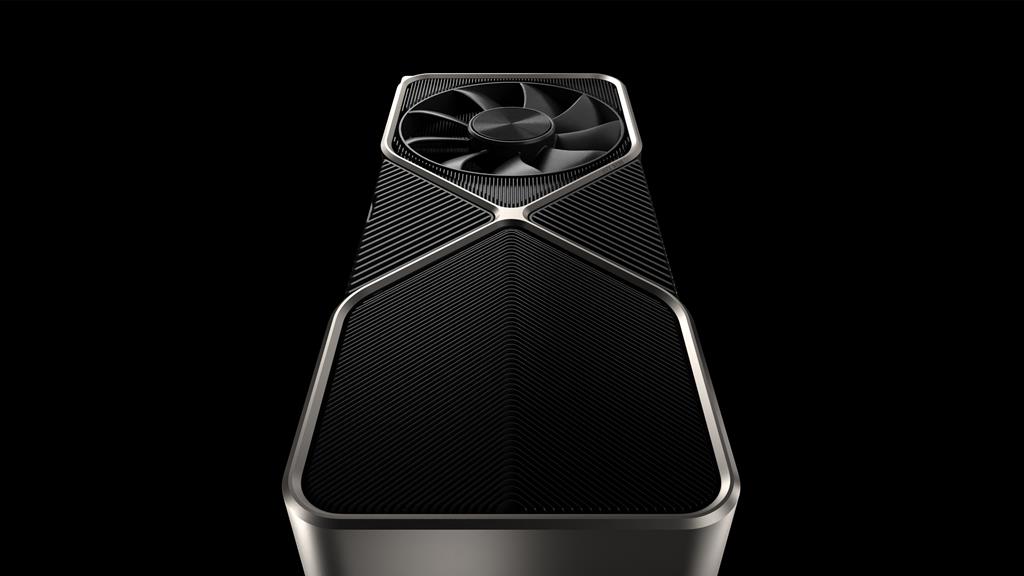
The RTX 3090 is a slightly confusing GPU. It represents the current pinnacle of Nvidia’s Ampere architecture, which powers its latest line of RTX 30-series graphics cards. We’ve already taken a look at the RTX 3080, which offers a significant performance improvement gen-on-gen for a relatively low price, but it’s no question that the RTX 3090 towers above it in both performance and price. But it should inspire some thought over whether that balance is correct for you.
Part of the reason the RTX 3090 can be divisive is because of what it really is on the inside. In the past, Nvidia made a point of differentiating its gaming-focused GPUs and its more “all-round” performance cards with the Titan moniker. That is gone in the RTX 30-series line, with the RTX 3090 representing what would have been Ampere’s version of the Titan. That means off the bat it’s difficult to think of it as a pure gaming card, which helps put into perspective both its price and relatively small performance difference over the RTX 3080.
That’s not to say it isn’t an impressive feat of engineering in its own right. The Founders Edition designs for the RTX 30-series cards is a complete overhaul from Nvidia, and it truly shines with its RTX 3090. It’s a monstrous triple card design but with clean black and sliver metal finishes and rounded edges that just give it an absolutely classy look inside any chassis. This is Nvidia’s best FE design thus far, exuding professionalism while also making a statement in a windowed case. The white lit GeForce RTX logo on the side and thin but elegant RBG strip on the top don’t let you go overboard with lighting, but they blend beautifully into the rest of the hardware’s design language.
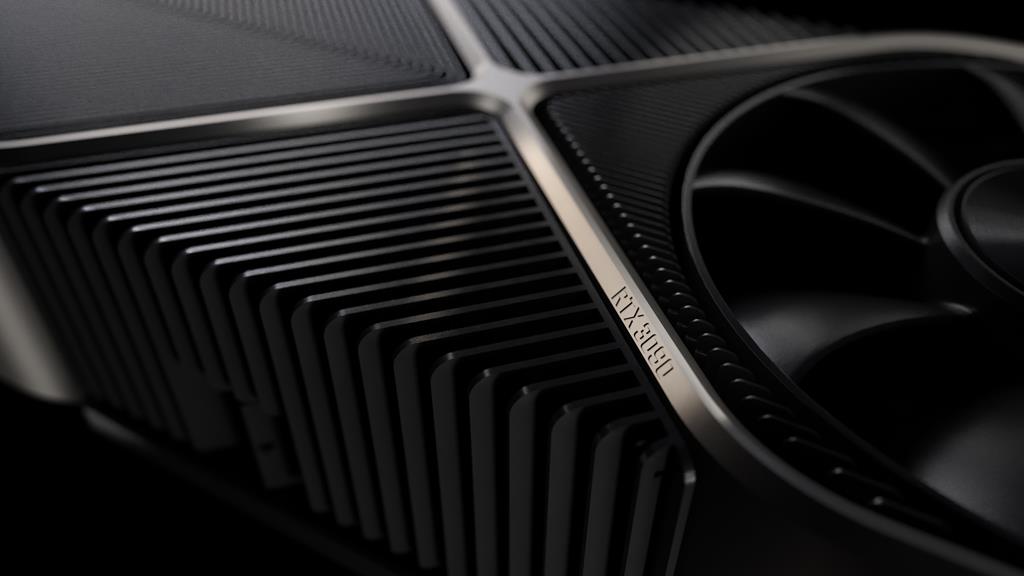
That configuration creates an innovative new cooling solution from Nvidia, which exhausts air both out the back of the card as well as upwards towards any top-mounted exhaust fans. This does put hot air directly in front of any intake you might have for your CPU cooler (if you’re using air cooling), which might initially be cause for concern. But in practice this hasn’t really resulted in measurable worse performance in my specific build. It has managed to keep the card itself incredibly cool though. The RTX 3090 never peaked above 70 degrees Celsius in any of my testings at its stock settings, while also providing passive and silent cooling when idle.
Noise levels under load can be slightly bothersome, however. The RTX 3090 is a quiet card most of the time, with only the noise of moving air kicking up the decibels as soon as you start stressing it. In some sustained cases the card did kick its fans up to its highest settings, which did result in a lot of noise. The cause of this was perplexing, however, as the reported core temperature was regularly below 70 degrees in these instances. This suggests another component in the card getting hotter than is usual, triggering the high fan curve. But without sensors on anything other than the core, it was difficult to pinpoint exactly what it might be.
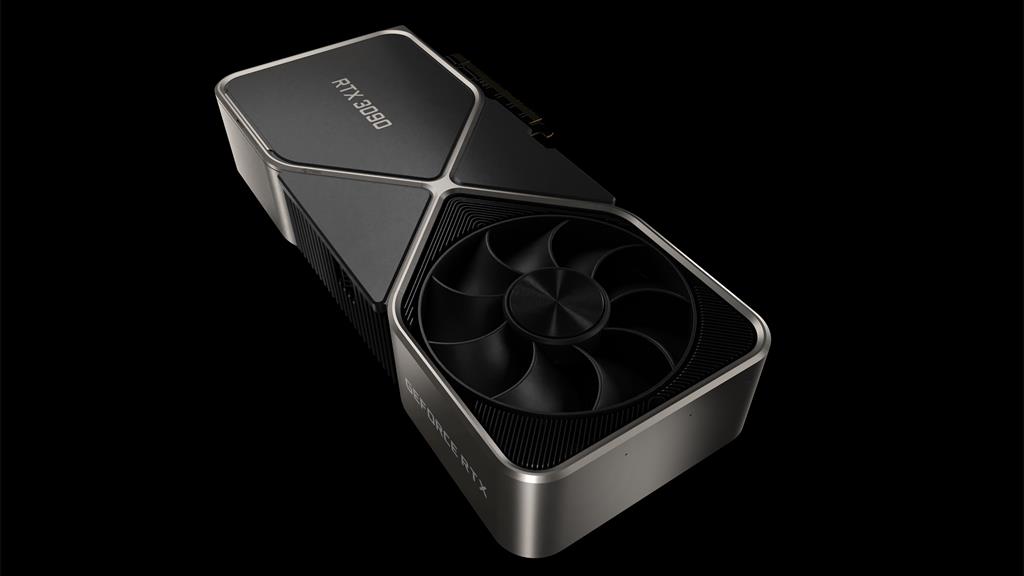
Given the hardware obscured by the giant heatsinks and twin fans, and the colossal 350W TDP, it’s quite impressive that Nvidia’s cooling does work as well as it does. This is Ampere unhindered, with a base clock speed of 1395MHz, boosting up to and beyond 1800MHz in most cases. That’s a touch lower than the RTX 3080, but with more Tensor cores (328), RT cores (82), and CUDA cores (10496), it has much more to offer on paper. Couple that with a massive 24GB of GDDR6X memory (compared to the 10GB on the RTX 3080Ti), a wider 384-bit memory bus, and a theoretical 6 TFlops more computing performance, and it’s easy to see why the RTX 3090 might have once worn the Titan name in any previous generation.
All of this gives the RTX 3090 nearly 20% more potential performance in games, according to Nvidia, but the results don’t always show it. The VRAM, for example, is hardly stressed in modern games, and it will be difficult to find anything below native 8K rendering that really starts stressing it. That means that at even 4K, the RTX 3090 is relying on its memory bus speeds (at least until resizeable BAR support) and raw clock counts to deliver better framerate, which doesn’t always translate into the performance boost you’d expect from the retail prices.
That isn’t to say performance is disappointing. Far from it, in fact, as the RTX 3080 alluded to in our previous review. The Ampere architecture allows for massive performance leaps in both traditional rasterization workloads and even more impressive leaps when stressing the cards RT cores, both of which can be clearly seen in the benchmarks below.
Testing Setup:
- AMD Ryzen 5 5600X (clocked to 4.6GHz)
- MSI Mortar B550M Motherboard
- 32GB Corsair Vengeance 3200MHz CL16 RAM
- Noctua NH-U12S CPU Cooler
- 2 x 140mm Noctua NF-A14 Intake, 2 x 120mm Noctua NF-S12A exhaust
- Fractal Design Meshify C Chassis
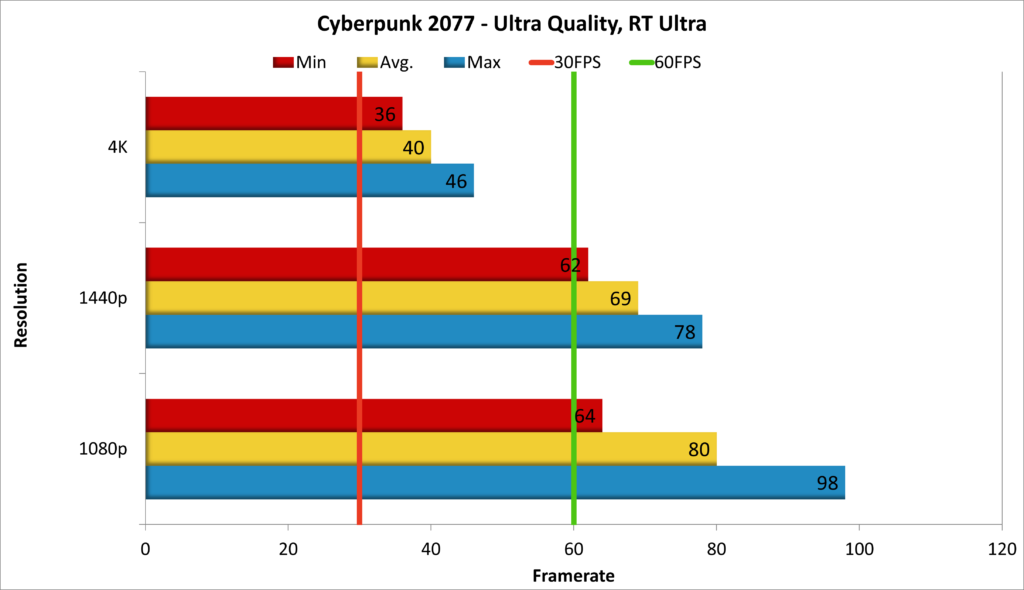
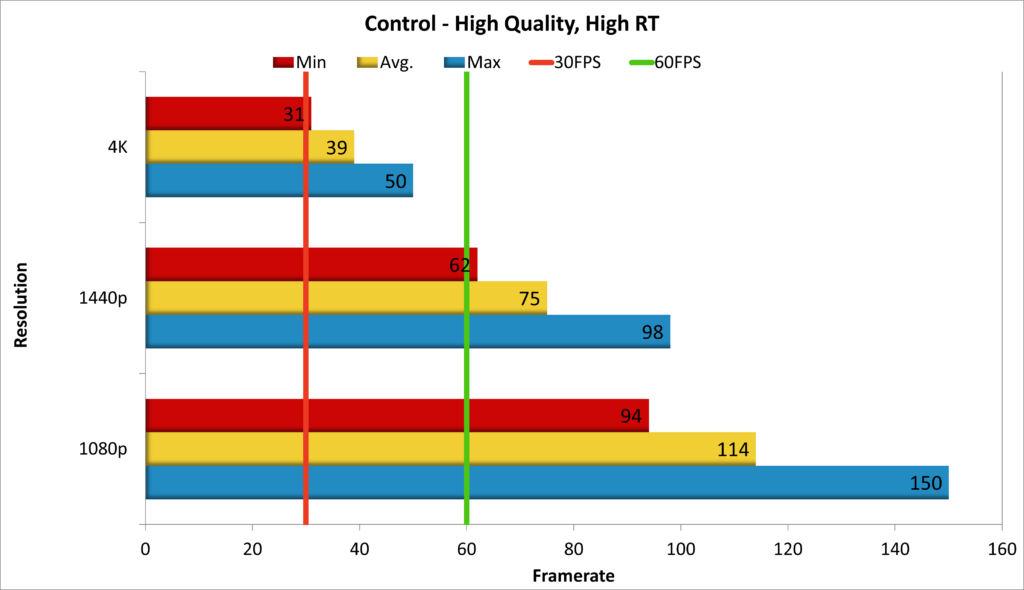
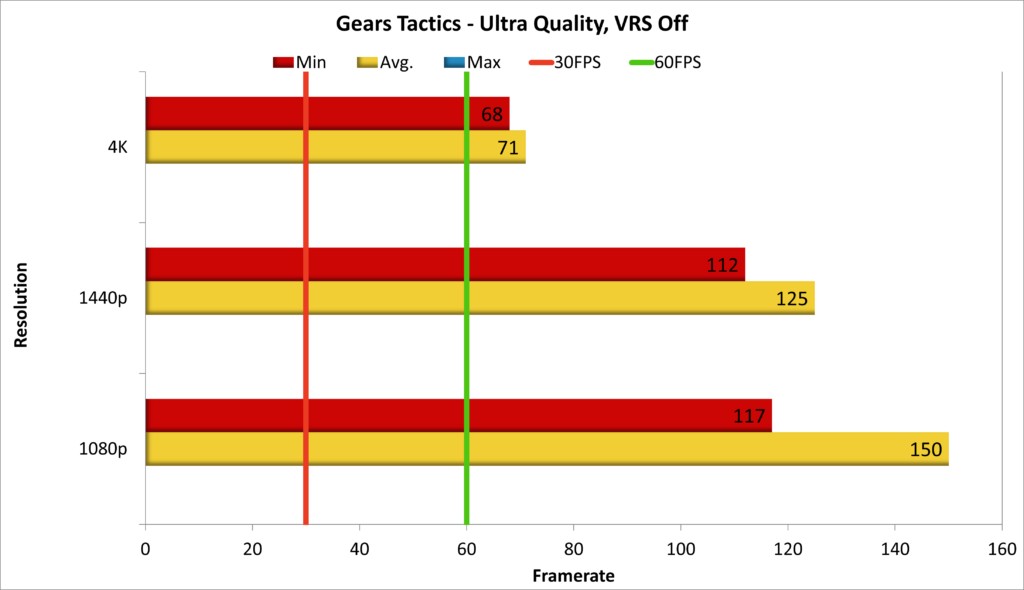
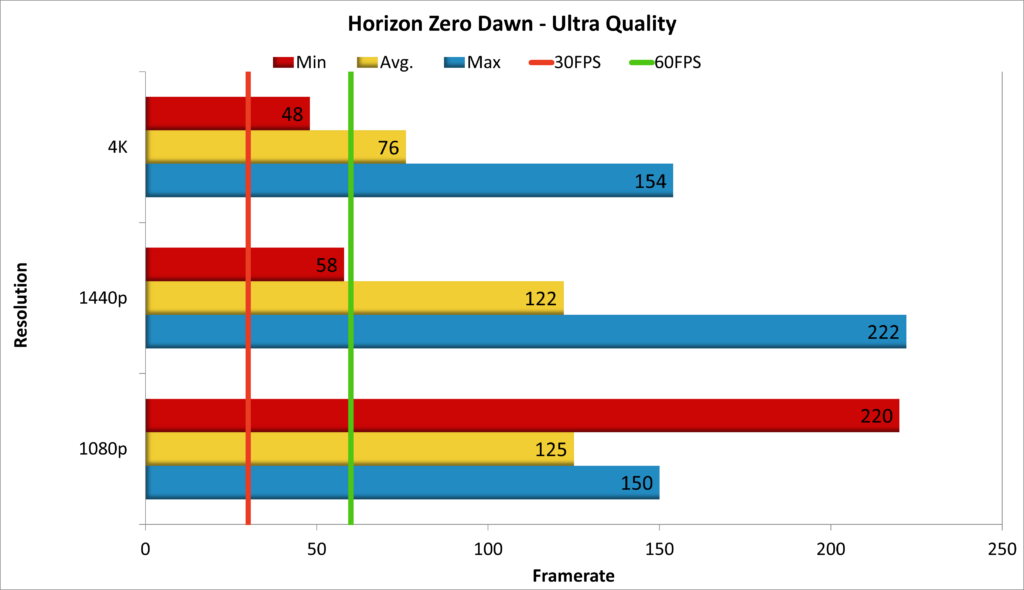
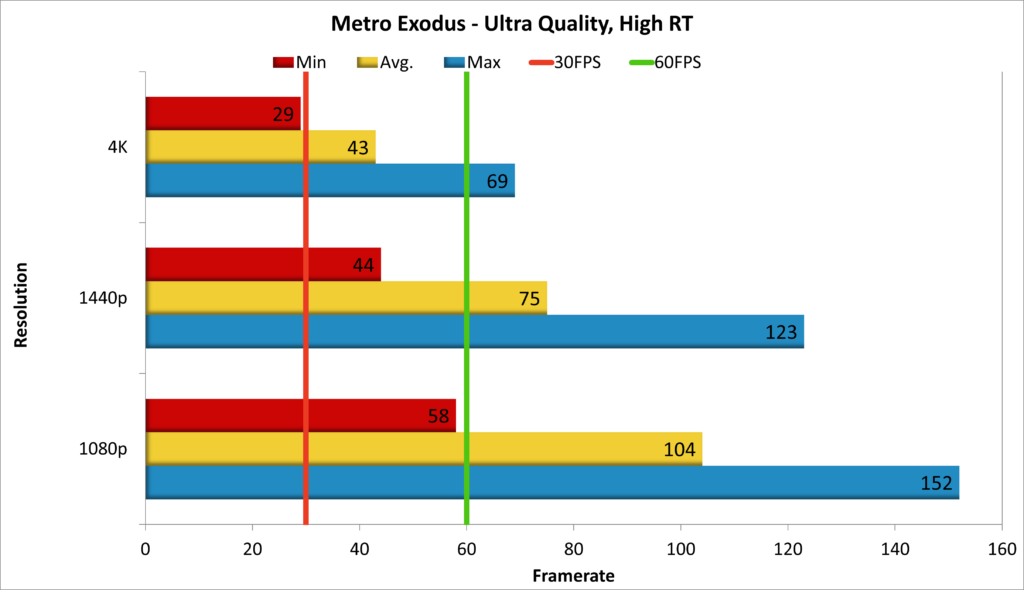
When buying into an Nvidia card, rasterized performance is only part of the picture. DLSS, or Deep Learning Super Sampling, is an exclusive feature that the company has been making good use of on its RTX cards, and the RTX 3090 is no exception. Looking at taxing workloads at 4K in Control and Cyberpunk 2077, it’s clear how DLSS can turn playable but sub-optimal framerates into extremely smoothed out experiences, especially if paired with a monitor that supports G-Sync in some capacity (either hardware or software wise).
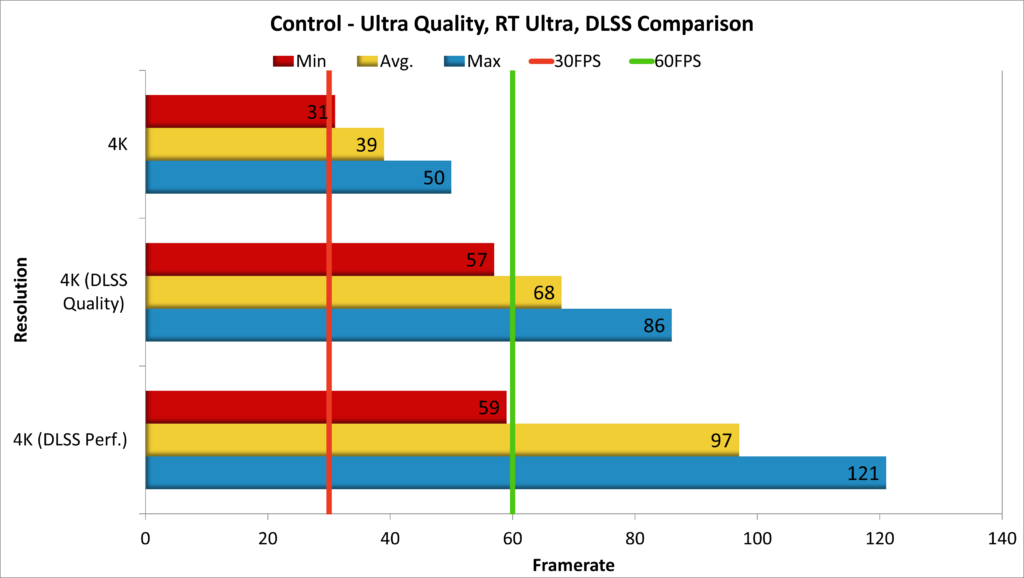
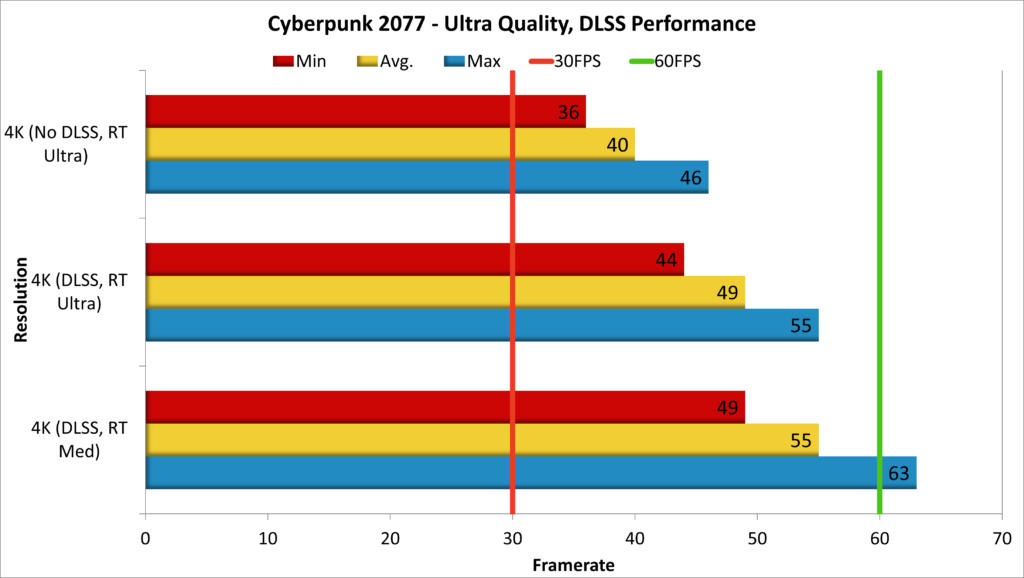
When stacked up against the RTX 2080Ti, Nvidia’s flagship from the last generation, it’s immediately clear how big a stride forward Ampere is. Especially when you consider the $1200 price of the RTX 2080Ti (which has already been brutally undercut by the RTX 3080), even the value proposition between it and the RTX 3090 is a no-brainer. Locally the price disparity between the two is far more profound (on average a premium for R20,000 for the RTX 3090) the performance benefits you’re getting outside of the non-gaming capabilities make for a far more compelling argument.
If you are just looking for gaming performance, the discussion leaves behind the RTX 2080Ti but becomes more challenging within the Ampere line-up. Looking at the results below there’s no question that the RTX 3090 is better across the board, but the degree of its edge brings into focus its price. The RTX 3080 is a stellar card, perhaps only letdown slightly but its 10GB of VRAM as opposed to the 24GB in the RTX 3090. But in real-world gaming performance right now that doesn’t translate to a massive difference, which makes the RTX 3080 a much smarter choice if that is your only use case.
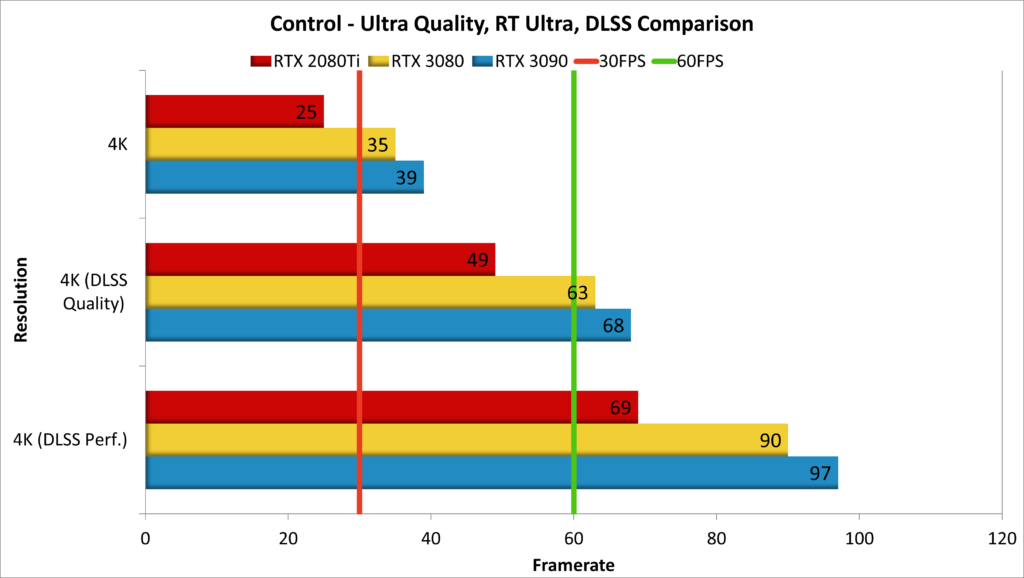
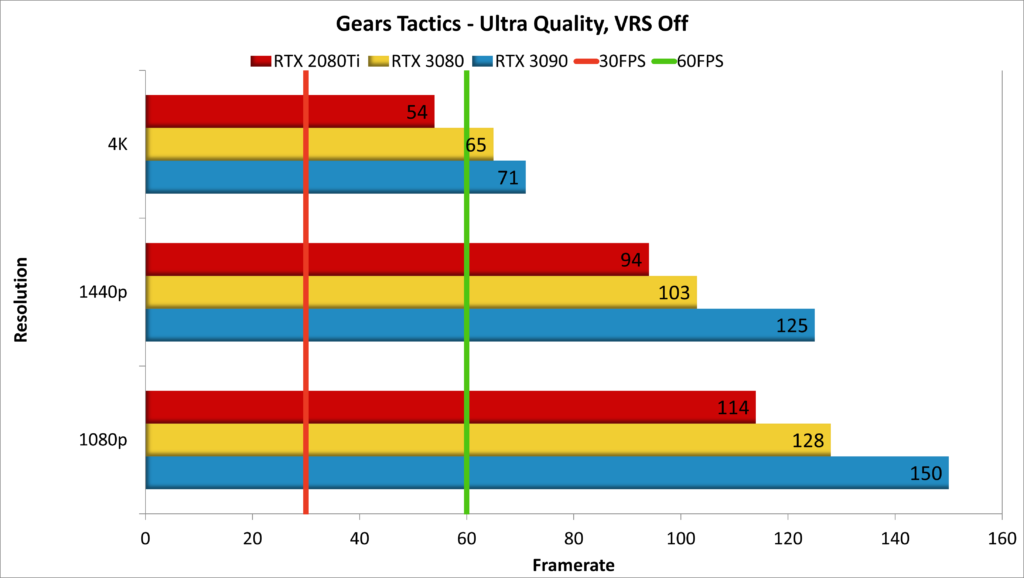
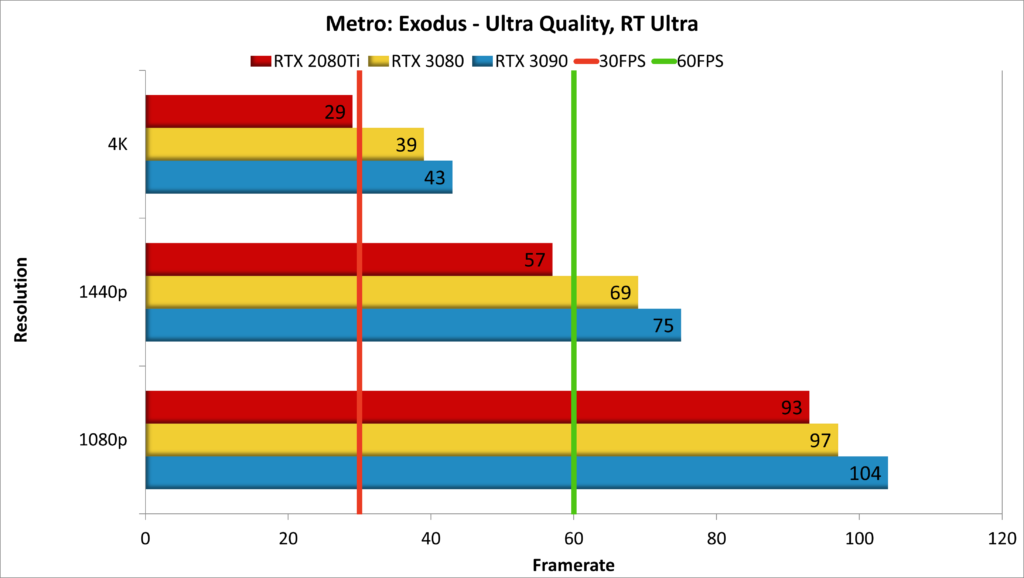
To round things out, the RTX 3090 just chews through synthetic benchmarks, even the most grueling ones offered up by 3DMark.

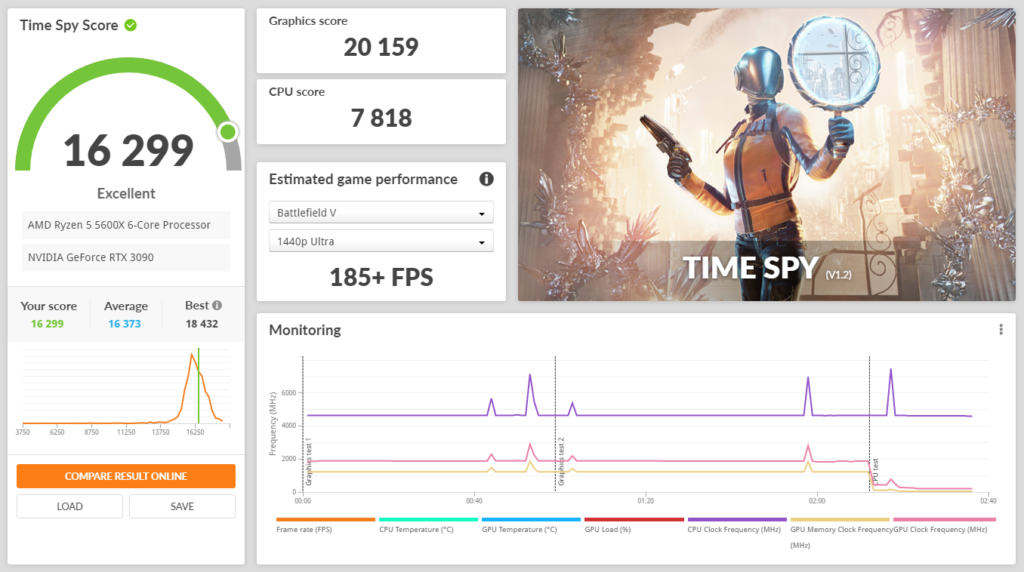
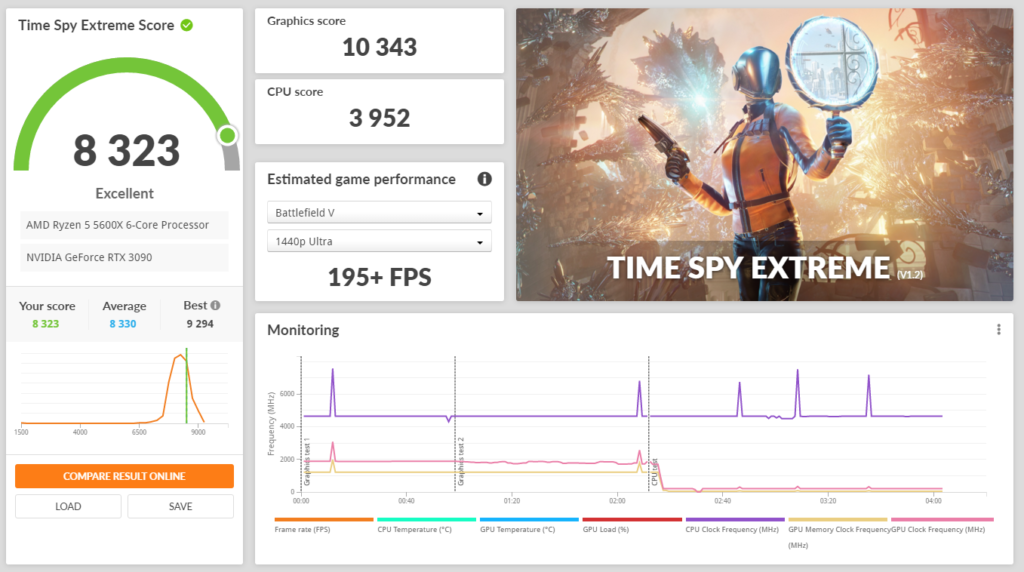
It’s also a pity that Nvidia does not stock the Founders Edition locally, but if you’re able to get your hands on one it’s unlikely you’ll find a more clean and pristinely designed GPU to act as a showpiece for your build. It might come at the expense of the most optimal cooling, handled by sheer airflow force in other cards, but the innovative new design that Nvidia has introduced with the RTX 30-series line of Founders Editions helps make these cards much cooler and quieter than any before. Even if it’s still not as quiet as it could be when under intense stress.
The RTX 3090 excels better in workloads that aren’t just about pushing pixels, especially if you’re considering intense AI model training or content creation that will really make use of the exorbitant amount of VRAM (and, equally so, the speed of it) featured. That’s what really drives the price of this card up, and why it shouldn’t be the go-to option for your most optimal Cyberpunk 2077 experience. If you have absolutely no reason to need to save money, the RTX 3090 represents the pinnacle of Ampere architecture for consumers today. But given that you could easily build the rest of a PC around the money you would save with the purchase of the RTX 3080, it’s harder to recommend outright for that purpose alone.
Last Updated: January 25, 2021
| RTX 3090 Founders Edition | |
|
The RTX 3090 represents the pinnacle of Ampere power you can purchase today, wrapped in the elegance of Nvidia's latest Founders Edition design. But its gaming value is overshadowed by the cheaper and far more sensible RTX 3080.
|
|
|---|---|
| RTX 3090 Founders Edition was reviewed on PC | |






















Iskape
January 25, 2021 at 06:02
I could never bring myself to pay over 40 grand for a card. That’s so far outside what I’m comfortable paying for PC hardware. But hey, if you can afford it (and I believe you need a mother PSU) luck you! P.S. The chip may have been a choke point for the card. Most times such cards are tested on super high end systems to extract the best performance.
Alessandro Barbosa
January 25, 2021 at 12:48
At lower resolutions yes, but considering you’d be buying a card like this for nothing less than 1440p, I suspect only some of the results at that resolution might have been CPU limited. By 4K the card is the limiting factor in the games tested (less stressful ones like CS:GO would obviously be different).
That said, I would love to be able to test it with the best of what Intel and AMD have to offer – sadly we don’t get those parts and I use my personal machine to do testing.
MechMachine
January 25, 2021 at 08:08
Yeah, The price of this is utterly ridiculous.